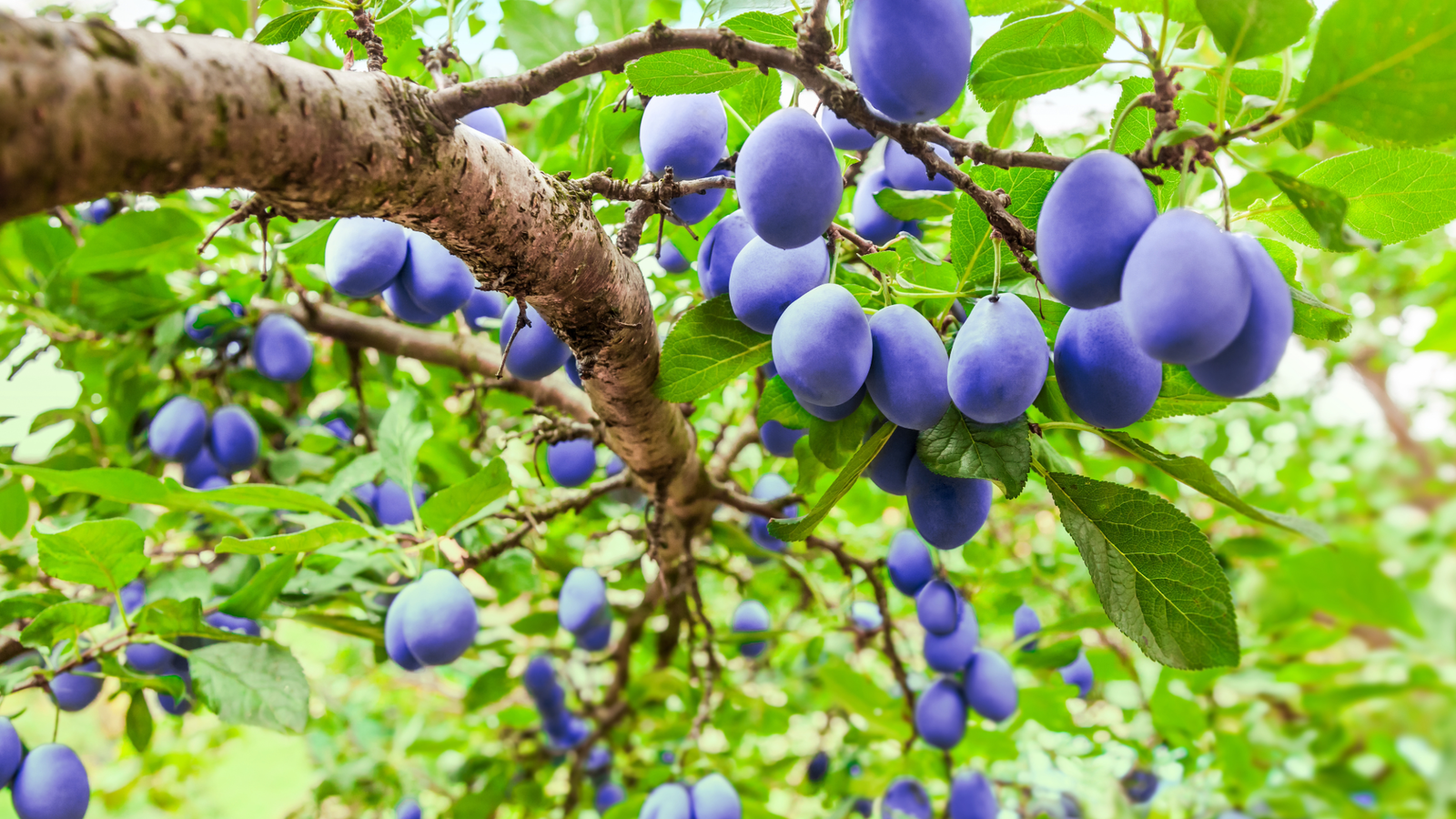Indiana Farmland Values 2025: What the Latest Purdue Report Means for Landowners
Indiana farmland values reached record highs in 2025, but the Purdue report shows the story isn’t the same across every region. Here’s what you need to know about prices, rents, risks, and opportunities—and what it could mean for your family’s land decisions.
Read the Full Report from Purdue University here >
Record Highs—But With a Split Story
According to the latest Purdue Farmland Values & Cash Rent Survey, Indiana farmland values hit new record highs in 2025. Top-quality land now averages $14,826 per acre, while average- and poor-quality land climbed to $12,254 and $9,761, respectively.
But here’s the catch: not every part of the state is sharing in the good news. While northern and central Indiana saw steady increases, the southern third of the state actually slipped—with values down as much as 11%.
This split in the market highlights just how local farmland economics really are. For families making decisions about whether to keep or sell, the answer may look very different depending on where your farm is located.
What’s Driving the Market?
Purdue’s survey asked industry experts to weigh in on the biggest influences shaping land values:
• Downward Pressures: low farm incomes, weaker crop prices, and rising interest rates.
• Upward Drivers: land being converted for development (think housing, data centers, or solar projects), strong livestock markets, and continued demand for recreational land.
In fact, recreational land values jumped 18% from last year, showing how outdoor lifestyle trends are playing a bigger role in shaping the land market.
Cash Rent Trends
Cash rents tell a similar story. Statewide, rents nudged upward:
• Top-quality: $318/acre (↑1.7%)
• Average-quality: $264/acre (↑1.6%)
• Poor-quality: $207/acre (↑1.5%)
But just like land values, rents declined in the south, especially in the Southwest and Southeast regions.
For owners leasing out farmland, this means steady income in much of the state but a more challenging outlook in certain pockets.
Farmland as an Investment
Beyond local prices, Purdue also compared farmland to other major investments. Here’s what stood out:
• Farmland returns are above bonds but below equities, offering a nice middle ground.
• Farmland is less volatile than stocks.
• Adding cash rents boosts returns and creates a steadier income stream.
• Farmland’s low correlation with equities—and even an inverse correlation with bonds—makes it a valuable diversifier in any portfolio.
Simply put, farmland continues to stand out as a long-term wealth builder.
Reading the Fine Print: Price-to-Rent Ratios
One of the more cautionary notes in the report is the price-to-rent ratio—a measure of how expensive land is relative to the income it generates.
Right now, that ratio is historically high. Purdue researchers note that when buyers purchase land at these elevated ratios, the 10- and 20-year returns often end up lower.
For landowners, this means today’s high values could present a unique opportunity to sell at strength—before the market adjusts. For buyers, it’s a reminder to be clear on your long-term goals and income expectations.
Key Takeaways for Landowners
Here are a few big questions to consider as you reflect on this report:
• How do today’s record farmland values align with your financial and retirement goals?
• Would capturing today’s equity help you simplify estate planning or provide for heirs?
• If you’re renting out land, are your lease terms keeping pace with market shifts?
• How do development and recreational demand trends affect the long-term outlook for your property?
• Does it make sense to explore tools like a 1031 exchange to reposition your land investment?
Tips & Insights
• Timing matters: Northern Indiana is stable, southern Indiana is softening.
• Diversification is key: Farmland adds stability in a volatile investment world.
• Ratios tell a story: High price-to-rent multiples may not last forever.
Closing Thought
The Purdue Farmland Values & Cash Rent Survey is one of the most trusted looks at our land market each year. For landowners, it’s more than just numbers—it’s a reminder to step back, review your goals, and decide how your land fits into your life story.
If you’d like to talk through what these numbers mean for your family farm, we’d be honored to have a confidential conversation.
References/Citations
Kuethe, T. (2025, August). Farmland prices increase despite downward pressure. In Purdue Agricultural Economics Report: Farmland Values Survey 2025 (pp. 2–6). Purdue University, Department of Agricultural Economics.
Robertson, D. J. (2025, August). Are farmland price expectations “wrong”? It depends how you ask. In Purdue Agricultural Economics Report: Farmland Values Survey 2025 (pp. 7–10). Purdue University, Department of Agricultural Economics.
Robertson, D. J., & Kuethe, T. (2025, August). Is farmland a good investment? Comparing risk & returns to other asset classes. In Purdue Agricultural Economics Report: Farmland Values Survey 2025 (pp. 11–13). Purdue University, Department of Agricultural Economics.
Langemeier, M. (2025, August). Trends in farmland price to rent ratios in Indiana. In Purdue Agricultural Economics Report: Farmland Values Survey 2025 (pp. 14–19). Purdue University, Department of Agricultural Economics.


